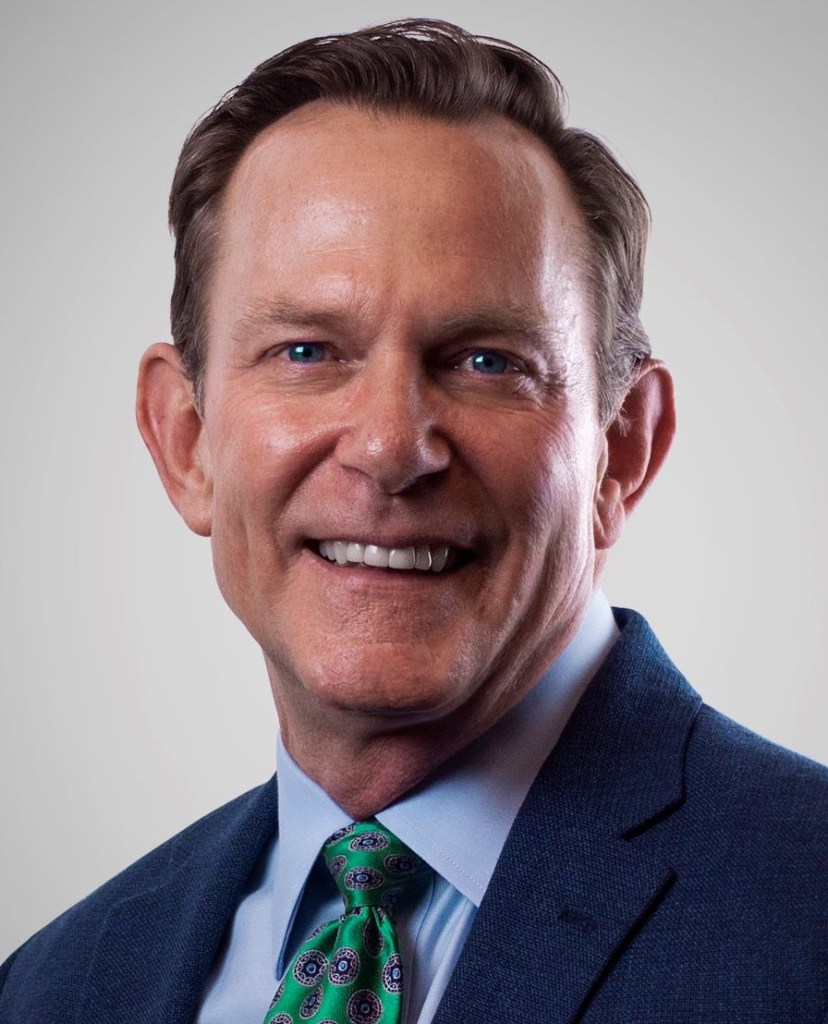Liberty Reverse Mortgage, a division of PHH Mortgage Corporation — which is owned by Ocwen Financial Services — has had a productive year, according to Mike Kent, SVP of industry relationships and corporate development at PHH.
But as the reverse mortgage industry prepares for change with the exit and consolidation of major lenders, along with the addition of new lenders in the space, Liberty/PHH wants the reverse industry to know that the company is staying the course. To learn more about Liberty’s business and its perspectives about the changing market, RMD spoke with Kent and George Henley, EVP and chief growth officer at Ocwen.
Liberty’s performance
Despite the challenges to the reverse mortgage industry over the past year, Kent said Liberty/PHH is happy with its reverse mortgage performance — especially considering that new servicing opportunities have emerged from the company’s acquisition of the Reverse Mortgage Solutions (RMS) servicing operation.
“I think 2022 was a challenging year for everybody, but I think our reverse business did very well actually,” Kent said. “We did a total of about $1.4 billion in originations, which was a slight decline year over year. But given the market conditions, it was still a strong showing, and almost right on top of our 2021 volume. We did $1 billion in 2020, so we’re pleased with the performance in really challenging conditions.”

As noted in Ocwen’s Q4 2022 earnings call, servicing is considered an area of opportunity for Liberty/PHH, Kent said. Between 2021 and 2022, the company grew its reverse servicing portfolio from $21 billion to $31 billion, up significantly from $7 billion in 2020.
“About 75% of our total reverse servicing portfolio is subservicing, so servicing reverse mortgages on behalf of other issuers and originators,” Kent said. “Then, from a product perspective, pretty close to 100% of our servicing is HECM, which is a more stable securitization market, we think, than the proprietary market. We see that as a plus, and we feel really good about our performance in reverse last year — and very excited about that balance diversification we created across both our servicing and origination platforms.”
Reverse industry changes
For Liberty and its leaders, the exit of a major lender, and the consolidation of American Advisors Group (AAG) and Finance of America Reverse (FAR), has not shaken its confidence in the reverse mortgage market.
“We’re long on the reverse market,” Kent said. “We think it’s great space to be in. We believe there’s a really big growth opportunity for a strong operator like us. The company is committed to the reverse space for investing to drive proven, profitable growth. And when you look around and see higher interest rates and lower equity available to borrowers, it’s still really hard to beat the demographic.”
In terms of demographic strength, recent statistics that show the share of households headed by people aged 65 and older is expected to grow over the next 20 years, and that the number people turning 65 every day will increase from 10,000 to 12,000 by 2028.
“Being able to provide retirement solutions and better outcomes for those customers is still pretty rock solid,” Kent said.
In addition, Henley observed an increase in investor demand for Home Equity Conversion Mortgages (HECMs) following the recent consolidations and exits from the industry.
“What we’ve found is that when people exited, and there was some consolidation, that there’s still investor demand and appetite for reverse,” Henley said. “And so in the securitization space for HECMs, we actually saw spreads tighten a bit, and that happened because there was less supply. We’re actually being sought after as an aggregator to be able to provide the additional supply. So, the consolidation has worked well for us, and we’re seeing strong investor demand on the HECM side.”
A path for distribution expansion
In terms of growing the reverse mortgage segment, the company recently added reverse mortgages to an enterprise offering, Henley said.
“On the correspondent side, we have a sales force that offers reverse and forward, and so it comes into us for reverse as a product,” Henley said. “We think this expands market distribution, not just to take market share in the business [and] grow our share of the pie, but to grow the pie, period. We think we can do that by introducing more forward lenders into the reverse space and helping reach more homeowners and retirees.”
Expanding distribution is a priority for Kent, who said exits of major institutions like Wells Fargo and Bank of America removed an expansive distribution channel — one that the industry has been slow to replace on its own.
“When they left the industry, they took probably 30,000 units a year with them,” Kent said. “They didn’t come back because they created that distribution through their networks. What George is talking about, and what we believe in, is that opportunity to expand the pie. It still exists by expanding distribution. So, we’re distributing across our entire enterprise sales platform, and we’ve seen a lot of interest.”





